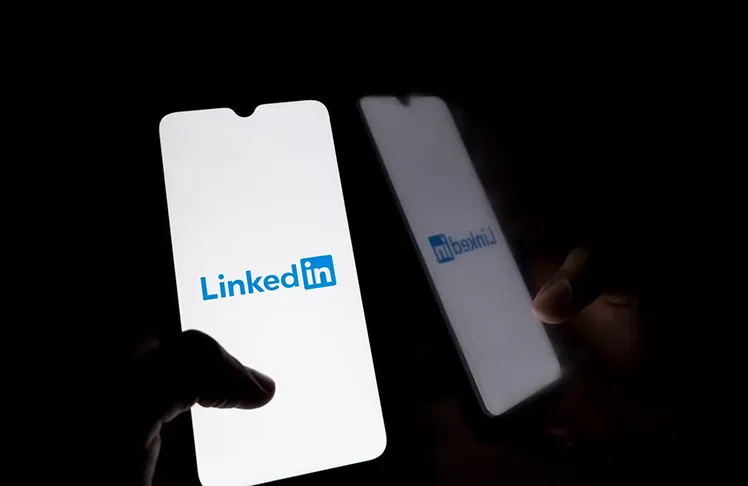
When you log onto the social media platform LinkedIn, you’ll likely notice a sea of posts on your timeline about layoffs, the precarious job market, and people “open for work.”
It’s expected to get even more competitive as 100,000 federal workers who accepted buyouts officially come off the payrolls, and President Donald Trump threatens to lay off more during the government shutdown. This is on top of estimates that more than 300,000 Black women left the labor force this year.
“I have new clients that are coming to me that may not have been laid off, but are fearful that their jobs could be on the line,” says Shannen Coleman Siciliano, who runs a career coaching business for Black executives.
Many job seekers may turn to LinkedIn to attract recruiters, but cybersecurity experts warn that the professional platform has just as many privacy risks as other social media sites like Facebook and Instagram. Risks include identity theft and employment scams. In 2021, cybercriminals scraped public LinkedIn user data and posted it for sale on the dark web.
“We are not discussing some of the potential dangers with this new engagement that we’re seeing on LinkedIn,” says Babette Ngene. She serves as the Public Interest Technology Director for the Electronic Frontier Foundation, which focuses on user privacy and free expression.
If you do use LinkedIn, here are some tips from security experts:
- Adjust your privacy settings and enable two-factor verification to make it harder for people to hack your account.
- Only accept connection requests from people you know.
- Consider removing the year you graduated from college. This is for safety reasons and to prevent potential gender bias.
- Don’t share your personal email address or phone number publicly. Encourage connections to DM you instead.
- If you’re an entrepreneur, invest in a professional email address and a separate work device if possible.
Siciliano likens LinkedIn to a job seeker’s website, but says “if you are not feeling safe for whatever reason…then listen to that and don’t feel the need to be someone that’s constantly posting.”
She and Ngene suggest assessing your personal risk and comfort level when it comes to sharing information like your profile picture or a complete list of former employers.
”Once you’re online, you are at risk,” says Ngene. “We live in a very risky digital environment…but we should not be self-censoring. This is a very critical moment for all of us. It is important to show up.”
As helpful as LinkedIn can be, career experts say to remember to tap into your most valuable asset: your personal and professional network.
“Typically, those within your network- they are willing and able to help and assist,” explains Siciliano.
The majority of her job-seeking clients hire her at the start of their job hunt.
“They’re probably spending 85% of their time clicking ‘easy apply’ on LinkedIn, and then wondering why they’re not getting any feedback,” she adds. “Well, only 15% of jobs are filled that way. And that’s statistically across the board.”
The majority of jobs are filled through networking, and up to 70% aren’t even advertised, according to various research studies.
“So focus on your network, which will surpass any LinkedIn post, particularly if you’re looking for a job,” says Siciliano.















